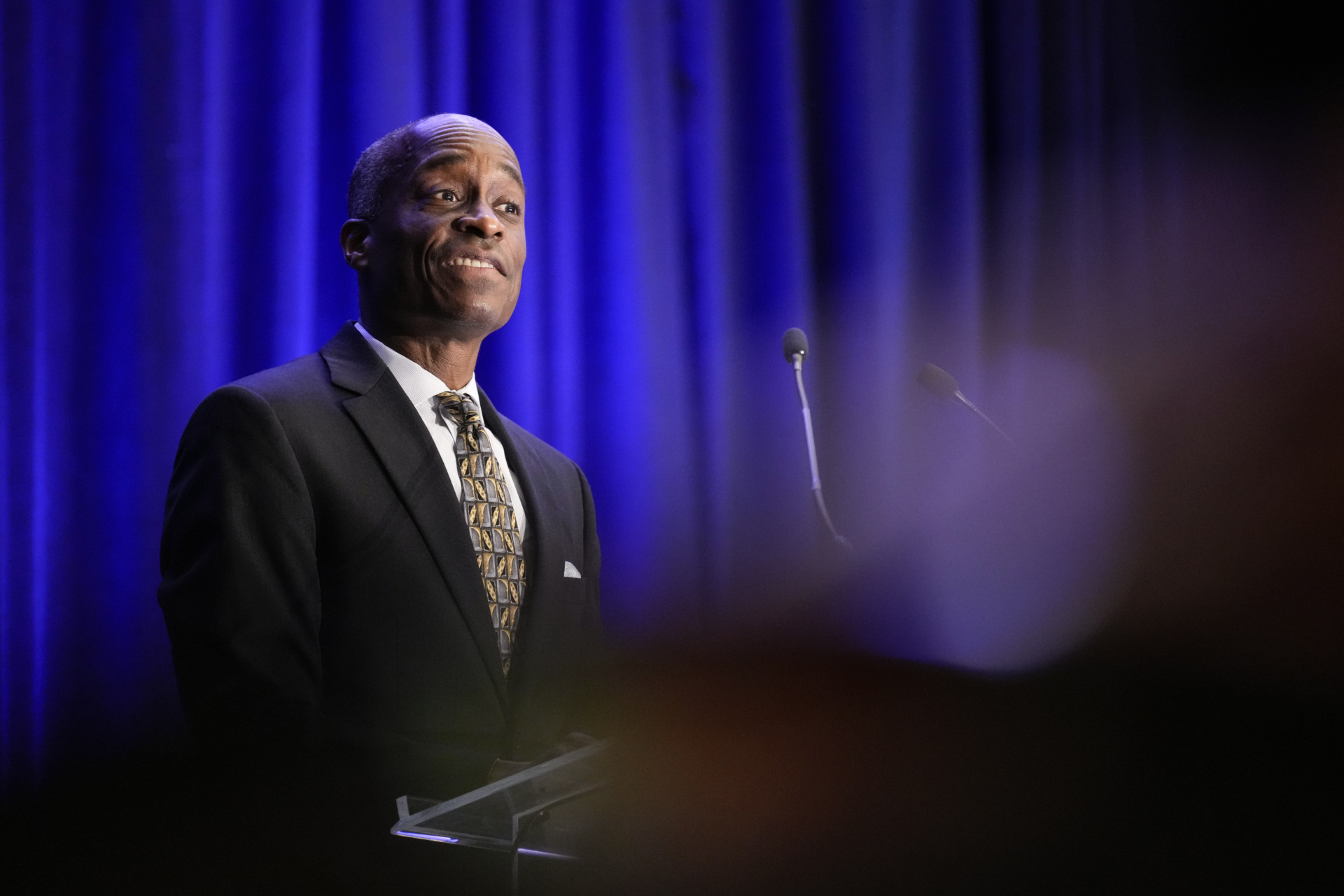Job Openings Top 10 Million for First Time Since January
The labor market is still refusing to cooperate with the narrative that the economy is softening.
After three consecutive months of declining job vacancies, economists had penciled in a fourth month for April. The preliminary March report on the Job Openings and Labor Turnover Survey, or JOLTS, had shown 9.59 million job openings, and economists had expected openings to fall to 9.35 million. Instead, the March report was revised up to 9.745 million, and the April figure came in at 10.103 million.
So there were around 750,000 more job openings at the end of April than economists had expected. Instead of declining from the prior month, the employers added 358,000 open positions to the lists. The job vacancy ratio—the number of openings compared to the number of people unemployed—rose to 1.79 from 1.67, a sign that the labor market is not just overheated but getting even hotter.
Retail Still Booming, Housing Recovering
The retail sector added 209,000 vacancies, defying predictions based on declining consumer sentiment that consumers were losing steam. This confirms the consumer resilience we saw earlier in the personal consumption expenditure figures, where nominal spending rose 0.4 percent for the month. Transportation, warehousing, and utilities added 154,000 openings, likely servicing a lot of that consumer spending.
The recovery in the housing market also was in evidence. Construction vacancies grew by 83,000. That’s a seasonally adjusted figure, so it cannot be written off as merely reflecting warmer weather. Mining vacancies grew by 31,000 despite the recent steep decline in the price of oil. The healthcare sector put out help wanted advertisements for an additional 185,000 positions, bringing the total number of vacancies in healthcare up to 1.9 million.
Openings in food services and hospitality fell to their lowest level since April 2021. One has to wonder, however, if exhaustion is playing a factor here. At 1.14 million vacancies, openings are still far above the prepandemic level of 810,000, and employment remains below the prepandemic level. At some point, employers may give up on trying to find more workers.
A Blow to the ‘Soft Landing’ Theory
The surge in job openings was strong enough to reverse almost all of the softness that had appeared to creep into the labor market after January. It was the steady declines in vacancies that was giving credence to the idea, first voiced by Federal Reserve Chairman Jerome Powell, that the labor market could cool down through a decline in openings without a serious hit to employment. Maybe no one would have to lose their jobs if rate hikes merely tempered openings rather than increased unemployment.
That “soft-landing” is looking increasingly implausible. If the Fed wants to cool down the labor market, this will most likely require an increase in unemployment. The rebalancing will have to come at a cost of jobs people actually hold rather than a softer elimination of potential jobs.
Even before the JOLTS figures were out on Wednesday, Cleveland Fed President Loretta Mester told the Financial Times that she saw “no compelling reason to pause.”
After the JOLTS number, it is probably safe to say the labor market is providing compelling reasons not to pause interest rate hikes.
This Is What It Sounds Like When Doves Cry
Not everyone on the Fed is yet convinced of a hike for the June meeting. In a speech in Washington, DC, on Wednesday, Fed Governor Philip Jefferson appeared to still be in the “pause” camp:
Since late last year, the Federal Open Market Committee has slowed the pace of rate hikes as we have approached a stance of monetary policy that will be sufficiently restrictive to return inflation to 2 percent over time. A decision to hold our policy rate constant at a coming meeting should not be interpreted to mean that we have reached the peak rate for this cycle. Indeed, skipping a rate hike at a coming meeting would allow the Committee to see more data before making decisions about the extent of additional policy firming.
It’s notable that even the doves are warning that this is not the end of the hiking cycle.

Federal Reserve Board Governor Philip Jefferson delivers a speech on May 18, 2023, in Washington, DC. (Drew Angerer/Getty Images)
We’ve gone from a Fed trying to talk the market away from the idea of cuts later this year to a Fed trying to prepare the market for hikes.
And the message is getting through.
“The Fed is not finished,” BlackRock chief Larry Fink said Wednesday during a financial services conference hosted by Deutsche Bank AG, Bloomberg reported. “Inflation is still too strong, too sticky.”
On Tuesday afternoon, the fed funds futures were implying a 41 percent chance of a hike at the June meeting and a 68 percent chance of a hike by the July meeting.

COMMENTS
Please let us know if you're having issues with commenting.